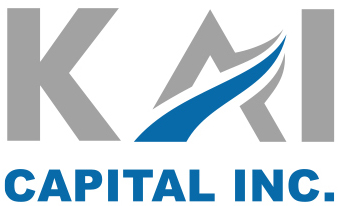Getting Organized with AR Financing
Managing cash flow is difficult for any small business, but it can be extra tough if you rely on invoice billing and your customers have a run of late payments. A few big accounts being off by a couple of weeks can be enough to make meeting your obligations difficult, and many businesses solve this by using accounts receivable financing to organize cash flow on an ongoing basis.
Pick Your Pay Dates for Operational Capital
The key to using AR financing as an organizational solution is regularity. Choose a predictable submission time like once a month or the end of every quarter, then submit everything you have. The more often you submit, the lower the cost generally runs, because the invoices will be newer. This submission schedule equates to a payment schedule if you work with the same financing company on an ongoing basis because the service provider gets to know your business and has an easy time re-approving things once your customers are a known quantity.
Let Go of Clients Who Cost Money
Another thing that regular accounts receivable financing is great for is disciplining your client list and weeding out the ones that cost you money. If you work with a service provider consistently and a client stops paying on time or stops completely, you will know about it.
Once that customer starts creating penalty fees, it puts you on notice that you might need to refuse future business and gives you a chance to communicate this neutrally before having to decide anything. That avoids the potential for a big problem down the road if the late payment pattern can be corrected early. Otherwise, it gets an unprofitable client off your books so you can fill that work time with a business that makes you money.
Build Your Budget Around Your Financing Model
With AR financing, you can usually expect a small second-round payment after the customers pay off their invoices. If your client list is well-groomed and you do not lose that payment to penalties, it can be a great way to earmark savings or profit dividends. Build your quotes around getting the operational capital you need from the advance, and then the after-payment income becomes capital you can dedicate to whatever the company needs.
Using this kind of financing to keep your cash flow on an even keel can make the difference between constantly catching up on late fees and pulling ahead by increasing your cash reserves until you can fund your next company expansion. Weigh your options carefully.

